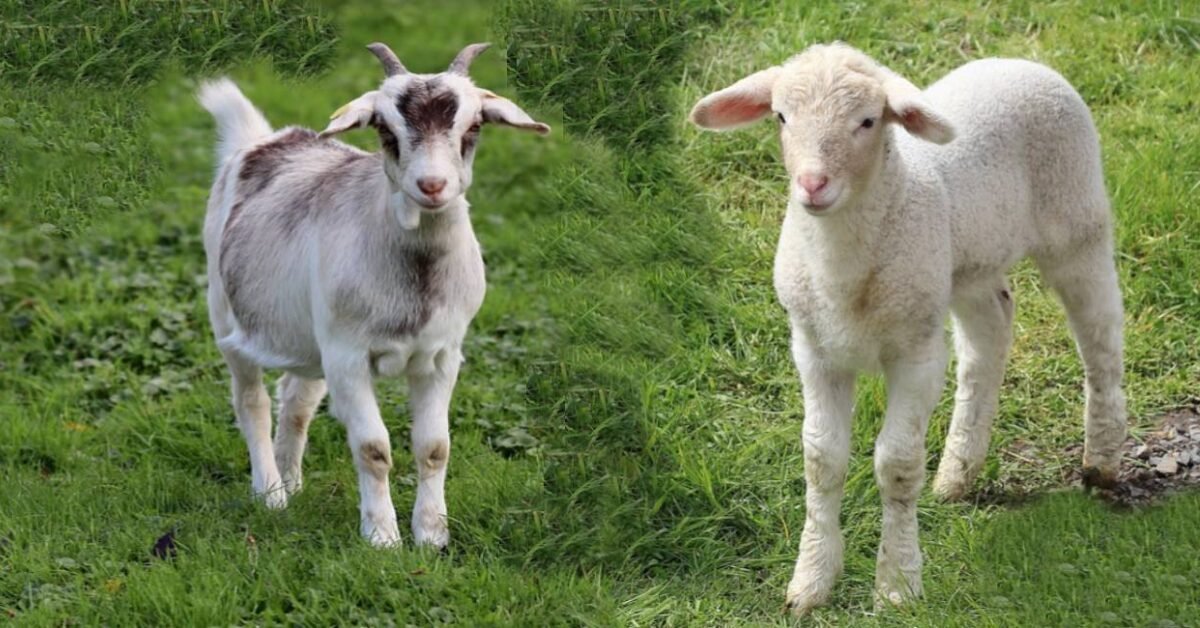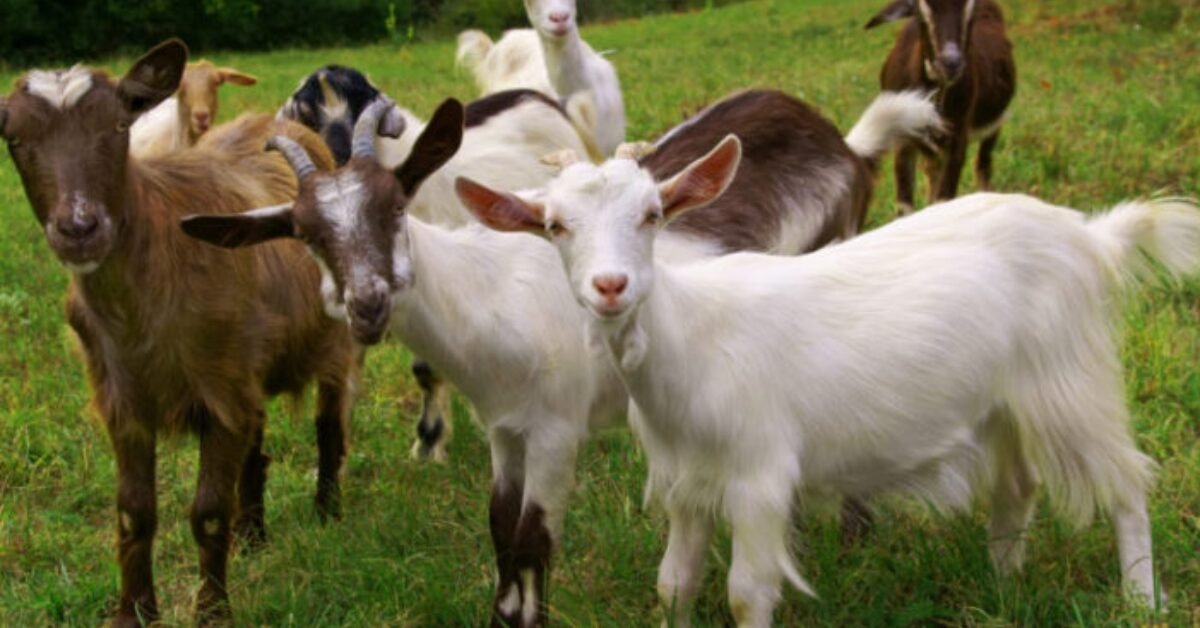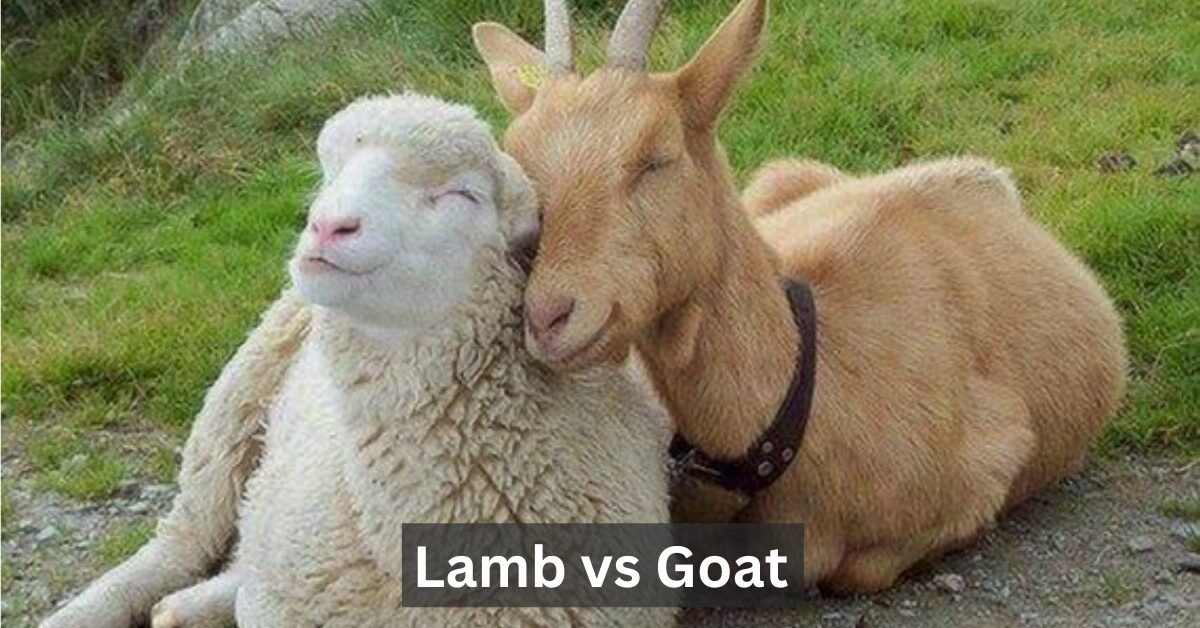In the world of livestock, lamb vs goat are two widely raised animals with distinct characteristics that make them unique. From their physical traits to their nutritional values and cultural significance, understanding the differences between lamb and goat provides valuable insights into their uses and benefits. Whether you’re interested in farming, culinary uses, or sustainable living, this guide will explore everything you need to know about lamb vs goat.
The debate between lamb and goat is one that has been discussed for centuries. Both animals have been integral to human history, providing essential resources such as meat, milk, leather, and wool. While they share similarities, including being herbivorous and domesticated for thousands of years, their differences are profound. Understanding these distinctions allows consumers, farmers, and enthusiasts to make informed choices based on their specific needs, preferences, and goals.
The lamb vs goat debate revolves around various aspects including nutrition, flavor, farming practices, and cultural significance. From a culinary perspective, both lamb and goat are used in a variety of cuisines around the world. However, their meat, skin, and dairy products differ significantly in taste, texture, and use. Whether you are choosing meat for a family meal or selecting sustainable farming practices, understanding these differences is key.
Lamb and goat serve different purposes in agriculture and cuisine. Lamb, typically from young sheep, is renowned for its tender, flavorful meat and high-fat content, making it ideal for grilling, roasting, and slow cooking. On the other hand, goat meat, often referred to as chevon or cabrito, is leaner, healthier, and gaining popularity in regions like the Mediterranean and Africa for its rich, gamey flavor.
Scientific Classification and Origins

The Goat: Genus Capra
Goats, scientifically known as Capra aegagrus hircus, belong to the Bovidae family and have been domesticated for over 10,000 years. They are a hardy species that thrive in diverse climates and are known for their browsing habits. Historically, goats provided not only meat and milk but also leather, wool, and even shelter through their hides.
The Lamb: Genus Ovis
Lambs are members of the Ovis aries genus, originating from the wild Mouflon. Their thick, warm wool helps them adapt to colder climates, making them vital in regions like the Middle East and parts of Europe. Domesticated primarily for their meat and wool, lambs have been essential to agricultural practices for thousands of years.
Physical and Behavioral Differences
Appearance: Horns, Tails, and Coats
One of the most obvious distinctions between lamb and goat is their physical appearance. Goats typically have longer, straighter horns, whereas lambs’ horns, when present, are smaller and curved. Additionally, goats have shorter tails that point upwards, while lambs have longer tails that often hang downward.
Furthermore, goats tend to have coarser, more adaptable coats compared to the soft, fine wool of lambs.
Behavior: Grazers vs Browsers
Goats are naturally inclined to be browsers, meaning they prefer to eat a variety of plants, shrubs, and even tree leaves. This makes them more agile and suited to navigating rough terrains. Lambs, on the other hand, are grazers, meaning they primarily consume grasses and low-lying plants.
Adaptability and Habitat
Goats are highly adaptable and can survive in harsher environments. Whether on rocky hillsides or in arid regions, goats thrive. Lambs, with their need for soft pastures, are more suited to temperate and colder climates, where they can comfortably graze on fertile lands.
Nutritional Differences
Lamb Meat: Rich and Flavorful
Lamb meat is known for its tenderness and richness. With a higher fat content, it is ideal for grilling and roasting. The nutritional value of lamb includes a significant amount of saturated fat, protein, and iron. However, the higher fat content can contribute to higher cholesterol levels.
Goat Meat: Lean and Nutritious
Goat meat, often considered healthier, is leaner and has lower cholesterol compared to lamb. It contains higher levels of iron and potassium, which are essential for a balanced diet. Its unique, slightly gamey flavor makes it a favorite in Mediterranean and African cuisines.
A Nutritional Comparison Table
| Nutritional Aspect | Lamb Meat | Goat Meat |
| Saturated Fat | High | Low |
| Protein | High | High |
| Iron | 1.6 mg/100g | 3.8 mg/100g |
| Potassium | Moderate | Higher |
| Cholesterol | High | Low |
Taste and Culinary Uses
Flavor Profile: Gamey vs Sweet
Goat meat is known for its gamey flavor, which becomes even more pronounced in older goats. Lamb, with its higher fat content, offers a sweeter and richer taste. This makes lamb ideal for slow-roasted and grilled dishes, whereas goat pairs beautifully with spices in stews and curries.
Popular Dishes Around the World
Lamb: From Mediterranean kebabs to Indian rogan josh, lamb is a staple in many global cuisines.
Goat: In regions like Mexico, Nigeria, and Ethiopia, goat meat is used in dishes such as barbacoa and suya.
Cooking Methods
Lamb is perfect for roasting and grilling due to its fat content, while goat meat benefits from slow cooking, making it tender and flavorful.
Economic Considerations
Meat Cost: Lamb vs Goat
Goat meat tends to be more expensive due to its leaner nature and higher demand in certain regions. Lamb, while more economical in certain areas, offers a richer experience due to its marbled fat and intense flavor.
Farming Costs and Profitability
Goats are more resourceful and adaptable, which may reduce farming costs compared to lambs. However, lambs may provide better yields in colder regions due to their wool and meat.
Uses of Skin and Leather
Characteristics of Goatskin vs Lambskin
Goatskin is durable, water-resistant, and widely used in fashion and industrial goods. Lambskin, with its buttery texture, is softer and more comfortable for high-end garments.
Farming and Management
Differences in Farming Practices
Goats require less land per animal due to their browsing behavior, while lambs thrive in well-managed pastures. Tools like goat management software and sheep record-keeping software aid in efficient livestock management.
Breeding and Birthing: Goat Kids vs Lambs
Goats typically have multiple births in a single year, with twins or triplets being common. Lambs, however, are often single-born and may require more careful birthing management.
Cultural Significance
Goat and Lamb in Religious and Festive Traditions
Both lamb and goat play significant roles in various religious festivals, such as Eid al-Adha, where goats and lambs are sacrificed to honor religious beliefs. They are also symbolic in ceremonies across the Middle East, Mediterranean, and Africa.
Sustainability and Environmental Impact

Which is More Sustainable?
Goats are considered more sustainable as they can adapt to harsher environments with less water and land. Lambs, however, are more resource-intensive in fertile areas where grazing lands are available.
Conclusion
The debate between lamb vs goat extends beyond just flavor and nutrition. It encompasses farming practices, cultural significance, and environmental sustainability. Whether choosing for culinary, economic, or ethical reasons, understanding these differences empowers individuals to make the best choices suited to their needs.
Frequently Asked Questions
What are the main differences between lamb and goat meat?
Lamb meat tends to be fattier and has a sweeter, more tender flavor, while goat meat is leaner with a gamier taste.
Which is healthier: Lamb vs Goat?
Goat meat is generally considered healthier due to its lower fat and cholesterol content compared to lamb.
Can lamb and goat be used interchangeably in recipes?
Yes, they can be used in similar recipes, but the flavors and textures differ, so slight adjustments may be needed.
Which is more expensive, lamb or goat?
Goat meat is typically more expensive than lamb due to its leaner quality and high demand in certain regions.
Which has a stronger flavor: Lamb or Goat?
Goat has a stronger, gamier flavor compared to the sweeter, milder taste of lamb.
Stay in touch to get more updates & alerts on Creative Released! Thank you



